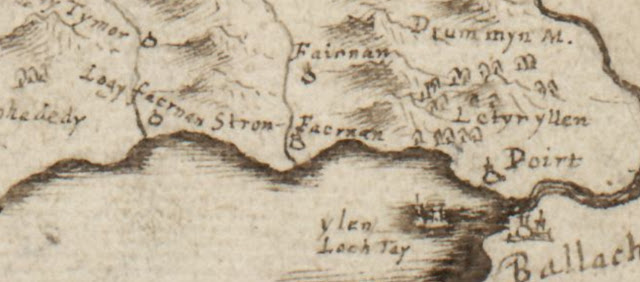Where was the battle of Luith Feirnn?

There’s a reference to a battle in Pictland at a place called Luith Feirnn in the Irish annals for the year 664AD. This is around 20 years before the famous battle of Dunnichen, where the Picts defeated the Northumbrian Saxons. The Picts were led by Bridei Mac Beli, a prince of Strathclyde who claimed the Pictish high kingship. The battle of Luith Feirnn took place in Fortrenn, which was another name for Pictland. The entry in the Irish annals simply states; “The battle of Luith Feirnn, i.e. in Fortrenn.” This battle is interesting as it’s the first time Fortrenn is mentioned in the Irish annals. Fortrenn was also the name of a Pictish province, which gave its name to the whole of Pictland. The location of Fortrenn is unknown. The traditional idea is that Fortrenn was located in Strathearn and Menteith in southern Pictland. However, historians have recently suggested that Fortrenn was located in Moray in northern Pictland. The location of Luith Feirnn is also unknown. Feirnn is th
